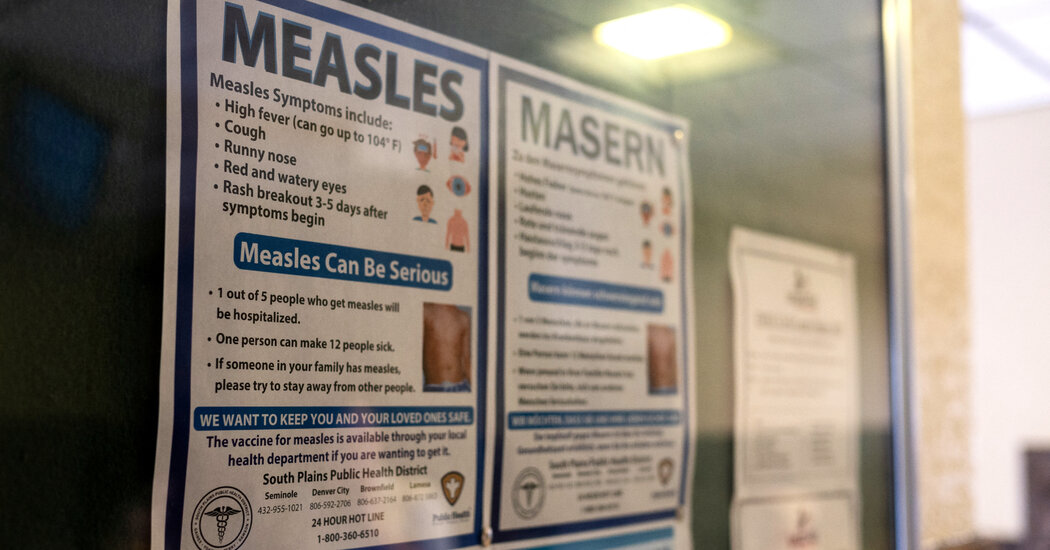Copyright abc

Australians will soon have subsidised access to another form of contraception from this weekend. Health Minister Mark Butler has announced the NuvaRing will be listed on the Pharmaceutical Benefits Scheme (PBS) from November 1 (this Saturday). The announcement will see the cost of the contraceptive slashed by around two-thirds, according to Mr Butler. Here's what you need to know. What is the NuvaRing? The NuvaRing is a soft plastic ring that contains an oestrogen and progestogen hormone — the same as the contraceptive pill. In Australia, the only brand you can buy is a NuvaRing, which the government estimates is used by tens of thousands of Australians. After the ring is placed into the vagina, it releases the hormones, which are then absorbed through the vagina's walls. This stops the ovaries from releasing an egg and also makes the cervix mucus thicker, which means sperm can't penetrate the uterus. The ring is kept in for three weeks, before it is removed for a week to allow a regular monthly bleed. After that, a new ring is inserted. It has a 99.5 per cent efficacy rate with perfect use, and a 93 per cent rate with typical use. How much will it cost? The ring costs more than $270 a year. But from November 1, a script will cost $31.60, or $7.70 for a concession card holder. Each script provides three months of the contraceptive, meaning the changes could save Australians at least $107.60 each year. For concession card holders, this could increase to around $240. From January 1, prices will be further cut to $25 per script. It's part of a contraception cost overhaul that includes IUDs and implants. "From the 1st of January, when we cut prices again for medicines, we're very confident that Australia's women will have access to all of the contraceptive choices really that they need for no more than $100 a year," Health Minister Mark Butler told Radio National on Monday. Who can use a NuvaRing? Most people with a uterus should be able to use the NuvaRing. Because of its month-long use, it's recommended for those who forget to take the pill every day. However, the following people may not be able to use it: those with a history of deep vein thrombosis, stroke, heart attack or some other types of heart diseasethose more prone to blood clotsthose with severe liver problems or liver cancerthose with migraines with aurathose with breast cancerthose with some types of systemic lupus erythematosus (SLE) Other people who should avoid the contraceptive ring include those over 35 who smoke, those who have just had a baby, and those taking other medications, including some herbal remedies and epileptic medications. In all cases, you should chat with your GP to find the best option for you. What are other forms of contraceptives? There are many other forms of contraceptives. Most of these are subsidised on the PBS. Other forms include: CondomsDiaphragmsThe pill (broken into the combined pill and the progestogen-only pill)Emergency pill (or the morning after pill)Contraceptive injectionContraceptive skin implantIntra-uterine device (IUD): These come in a copper and progestogen form The copper IUD and condoms are not on the PBS. What is the PBS? The PBS is the Pharmaceutical Benefits Scheme — a government subsidy program that means Australians get medicine at an affordable price. It was introduced by Ben Chifley's Labor government in 1948, and today means Australians get a whole bunch of medicines cheaper than they otherwise might. Who is eligible for the PBS? All Australians with a Medicare card can access the PBS. Australia also has reciprocal agreements that allow overseas visitors to access the scheme, and we have those with the United Kingdom, Ireland, New Zealand, Malta, Italy, Sweden, the Netherlands, Finland, Norway, Belgium and Slovenia.



